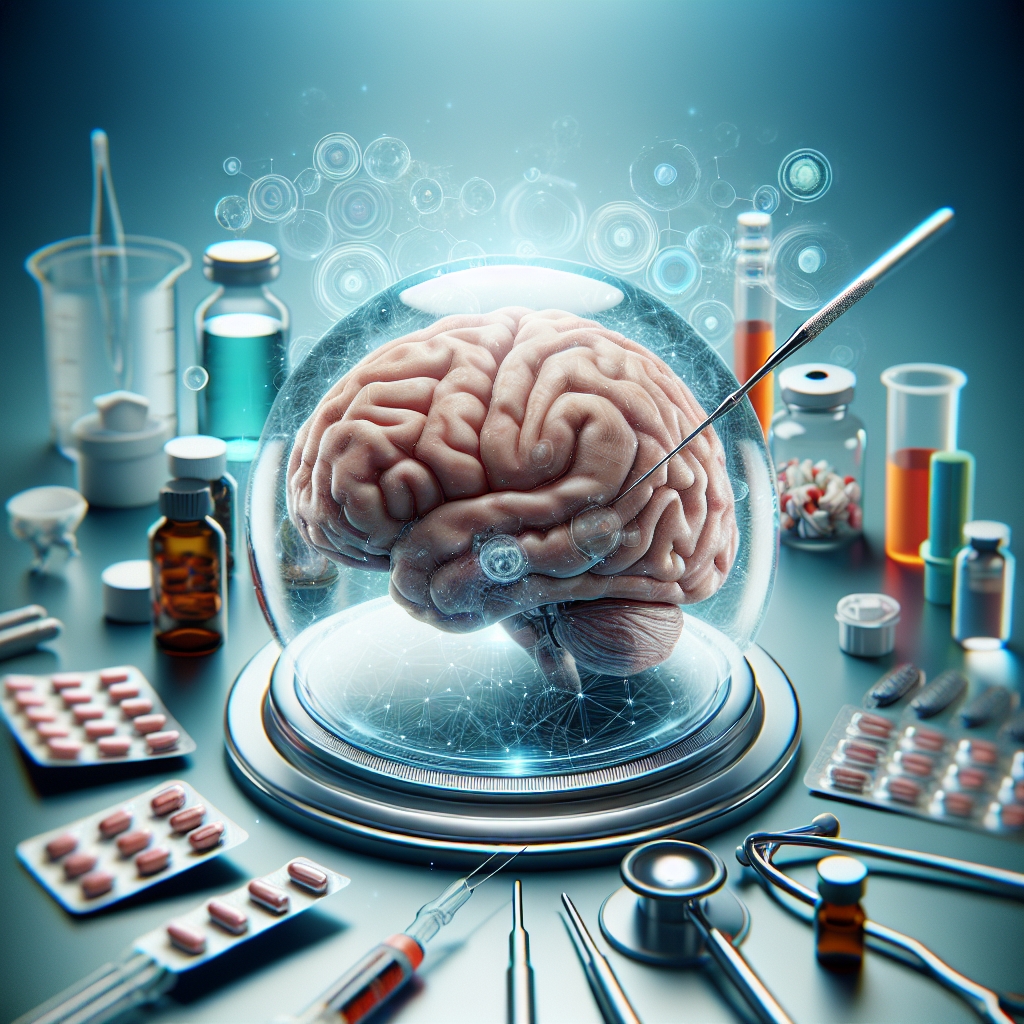Gadolinium is a rare earth metal used in contrast agents for magnetic resonance imaging (MRI) scans. While it enhances the quality of the images, there have been concerns about its safety, particularly regarding its retention in the brain and other organs. This has led to increased interest in understanding how to remove gadolinium from the body, especially from the brain, to mitigate any potential health risks. This article explores the current understanding of gadolinium deposition, its potential effects, and the methods being researched and recommended for removing gadolinium from the brain.
Understanding Gadolinium Deposition
Gadolinium-based contrast agents (GBCAs) are widely used in MRI scans to improve the clarity and detail of the images. These agents are generally considered safe for patients with normal kidney function, as gadolinium is expected to be quickly eliminated from the body through the kidneys. However, studies have shown that traces of gadolinium can remain in the body, including the brain, for months to years after the administration of GBCAs, even in individuals with normal renal function. This phenomenon is known as gadolinium deposition.
The exact mechanism by which gadolinium is deposited in the brain is not fully understood, but it is believed to involve the dissociation of gadolinium ions from the chelating agents that are supposed to keep them safely contained until they are excreted. Once free, the gadolinium ions can deposit in various tissues, including the brain. The long-term effects of gadolinium deposition are still being studied, but concerns have been raised about the potential for neurological and other health impacts.
Potential Health Impacts of Gadolinium Deposition
While the clinical significance of gadolinium deposition in the brain is still under investigation, there is growing concern about the potential for adverse health effects. Some individuals who have been exposed to GBCAs have reported a variety of symptoms, including headaches, bone and joint pain, and cognitive disturbances, which they attribute to gadolinium toxicity. However, establishing a direct link between gadolinium deposition and these symptoms has been challenging, and research in this area is ongoing.
Despite the lack of definitive evidence linking gadolinium deposition to specific health problems, the possibility of such effects has led to calls for caution in the use of GBCAs, particularly in patients who may require multiple MRI scans over time. The U.S. Food and Drug Administration (FDA) has issued warnings about the potential for gadolinium retention in the brain and other organs, and it has recommended minimizing the use of GBCAs when possible and choosing agents with a lower risk of gadolinium retention.
Methods for Removing Gadolinium from the Brain
Given the concerns about gadolinium deposition, there is significant interest in finding ways to remove gadolinium from the brain and other tissues. While there is currently no proven method for specifically targeting gadolinium deposition in the brain, several approaches have been suggested or are under investigation:
- Chelation Therapy: Chelation therapy involves the use of agents that can bind to metals in the body, facilitating their excretion. Some individuals who believe they have been affected by gadolinium toxicity have pursued chelation therapy with agents such as DTPA (diethylenetriamine pentaacetic acid) and EDTA (ethylenediaminetetraacetic acid). However, the effectiveness of chelation therapy for removing gadolinium from the brain is not well established, and it can have side effects.
- Enhancing Natural Excretion: Encouraging the body’s natural mechanisms for excreting gadolinium is another approach. This may involve staying well-hydrated, maintaining good kidney function, and possibly using certain supplements that support detoxification processes. However, more research is needed to determine the effectiveness of these strategies.
- Pharmacological Interventions: Researchers are exploring the development of new drugs that can specifically target and remove gadolinium from the tissues. While this research is in the early stages, it represents a promising area for future therapies.
In conclusion, while gadolinium-based contrast agents play a crucial role in enhancing MRI scans, the issue of gadolinium deposition has raised important safety concerns. Ongoing research is crucial to better understand the potential health impacts of gadolinium retention and to develop effective methods for removing gadolinium from the brain and other tissues. In the meantime, patients and healthcare providers are encouraged to weigh the benefits and risks of GBCA use and to consider alternatives when appropriate.

